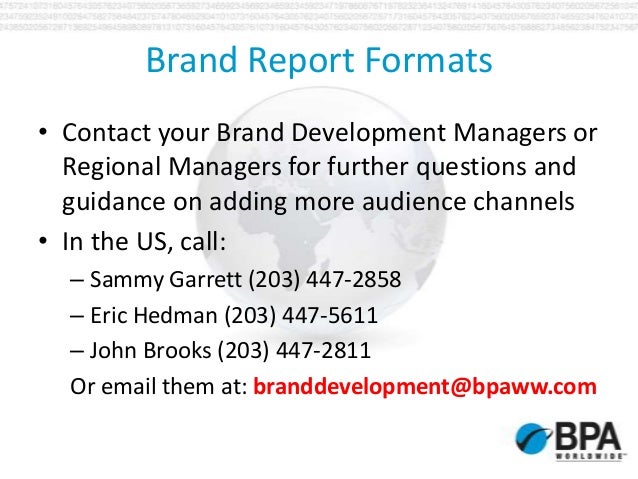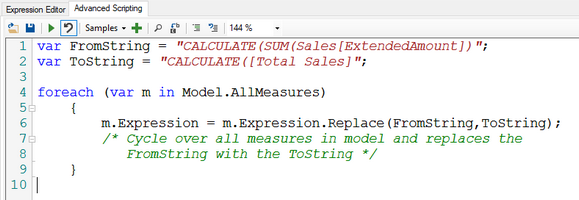

Postdeployment rules are applied after all required services have started for a role, and after the role is running in the enterprise. They let administrators evaluate, before the role is used in production, whether best practices were satisfied. Predeployment rules are applied before an installed role is deployed in the enterprise. Operation rules are applied to identify possible failures of a role to perform prescribed tasks in the enterprise.
#Bpa rules tabular editor windows#
Policy rules are applied to identify Group Policy or Windows registry settings that might require modification for a role to operate optimally and securely. Configuration rules can help prevent conflicts in settings that can result in error messages or prevent the role from performing its prescribed duties in an enterprise. Performance rules are applied to measure a role's ability to process requests and perform its prescribed duties in the enterprise within expected periods of time given the role's workload.Ĭonfiguration rules are applied to identify role settings that might require modification for the role to perform optimally. Security rules are applied to measure a role's relative risk for exposure to threats such as unauthorized or malicious users, or loss or theft of confidential or proprietary data. The following table describes the best practice rules categories against which roles are measured during a Best Practices Analyzer scan.
#Bpa rules tabular editor license#
For example, a scan of Remote Desktop Services might show a warning result if a license server is unavailable to the role, because even if no remote connections are active at the time of the scan, not having the license server prevents new remote connections from obtaining valid client access licenses. The application might be compliant as operating currently, but may not satisfy the conditions of a rule if changes are not made to its configuration or policy settings.

Warning results are returned if the results of noncompliance can cause problems if changes are not made.

Information results are returned when a role satisfies the conditions of a best practice rule. Severity levelĮrror results are returned when a role does not satisfy the conditions of a best practice rule, and functionality problems can be expected. Results of measurements can be any of the three severity levels described in the following table. How BPA worksīPA works by measuring a role's compliance with best practice rules in eight different categories of effectiveness, trustworthiness, and reliability. You can find the Best Practices Analyzer tile on role and server group pages of Server Manager in Windows Server, or you can open a Windows PowerShell session with elevated user rights to run Best Practices Analyzer cmdlets. Performing Best Practices Analyzer scans on roles This topic contains the following sections. You can also instruct BPA to exclude or ignore scan results that you do not want to see. Starting with Windows Server 2012, you can scan one role or multiple roles at one time, on multiple servers, whether you use the Best Practices Analyzer tile in the Server Manager console or Windows PowerShell cmdlets to run scans.

You can run Best Practices Analyzer (BPA) scans either from Server Manager, by using the BPA GUI, or by using cmdlets in Windows PowerShell. BPA can help administrators reduce best practice violations by scanning roles that are installed on managed servers that are running a supported version, and reporting best practice violations to the administrator. Although best practice violations, even crucial ones, are not necessarily problematic, they indicate server configurations that can result in poor performance, poor reliability, unexpected conflicts, increased security risks, or other potential problems.īest Practices Analyzer (BPA) is a server management tool that is available in Windows Server 2019, Windows Server 2016, Windows Server 2012 R2, Windows Server 2012, and Windows Server 2008 R2. For example, it is considered a best practice for most server applications to keep open only those ports required for the applications to communicate with other networked computers, and block unused ports. In Windows management, best practices are guidelines that are considered the ideal way, under typical circumstances, to configure a server as defined by experts. Applies to: Windows Server 2022, Windows Server 2019, Windows Server 2016


 0 kommentar(er)
0 kommentar(er)
